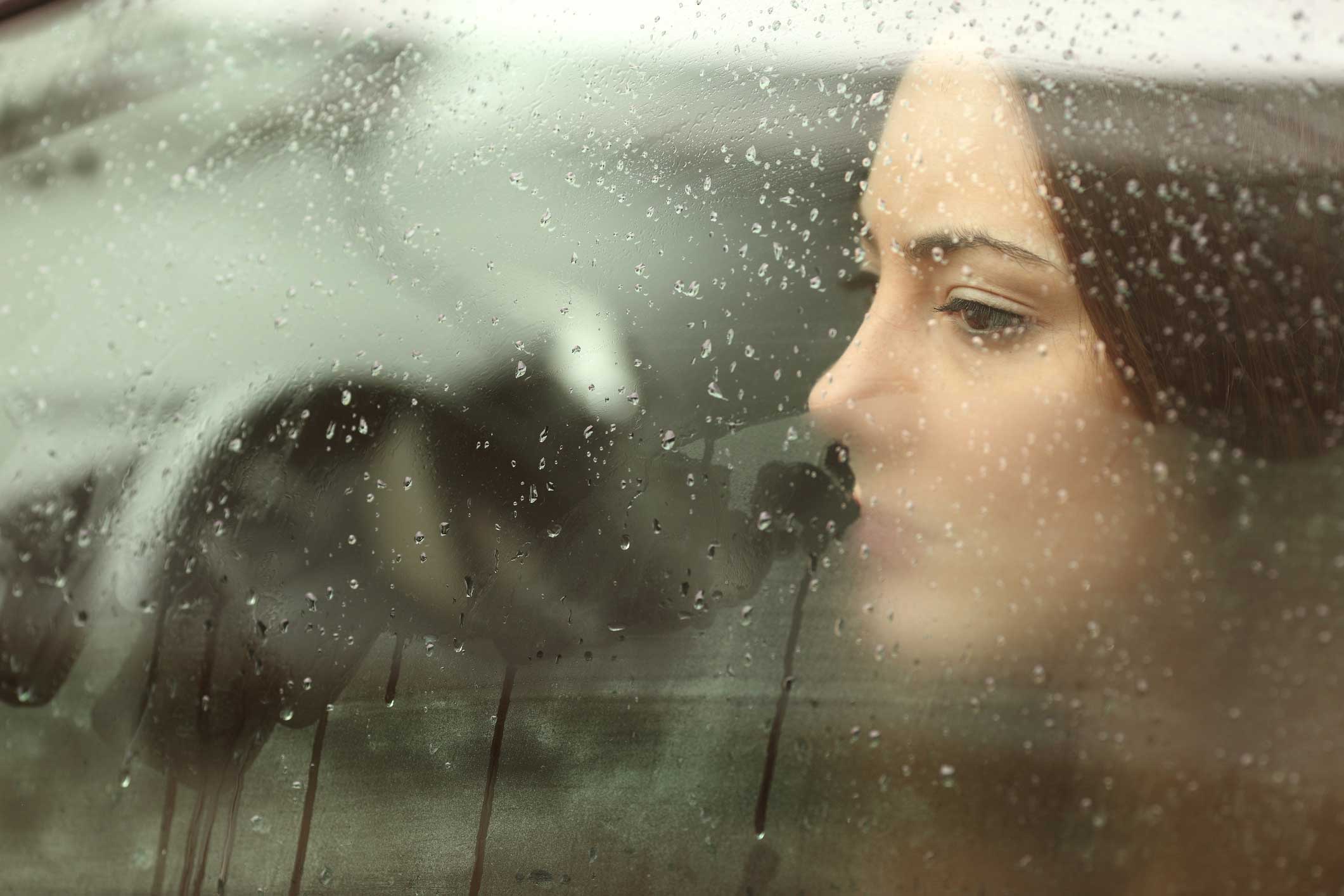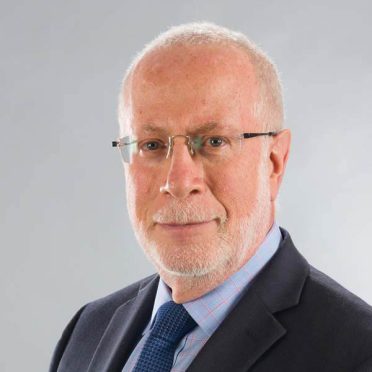This op-ed was originally published May 15 in The Hartford Courant. It is reproduced here with permission.
By Dr. Harold I. Schwartz
Public discussion about suicide is to be embraced, not avoided. The devil, as always, is in the details. Which brings us to “13 Reasons Why,” the Netflix series about the fictional Liberty High School and Hannah Baker, the protagonist, who takes her life. The series is criticized for glamorizing suicide and risking a rise in copycat deaths. On that score, it may be guilty.
It is a sad tale of bullying, abuse, misdeeds and missed opportunities. Hannah’s is a revenge suicide. She leaves behind 13 tapes, laying blame on those who have hurt her and those who failed to do enough to help. Adolescents and troubled young adults are particularly vulnerable to this type of immature suicide fantasy — that there is gratification in controlling the living after death and in leaving behind people stricken by the knowledge that they somehow caused your death.
Related Stories:
’13 Reasons’: How Do Parents Deal With A Show For Kids About Suicide?
A Warning To Parents On Blue Whale Challenge Suicide ‘Game’ For Teens
’13 Reasons’ Screening, Panel Discussion June 12 At Real Art Ways
While only time (and perhaps tapes left behind) will tell if the show leads to more adolescent suicides, there has been a crush of adolescents brought to psychiatry emergency rooms around the country, including Connecticut, in recent weeks. Many are mentioning “13 Reasons Why.”
This series, however, offers more than the risk of suicide contagion. There may also be the benefit of deterrence in the graphically brutal depiction of Hannah’s suicide and its terrible impact on those who care for her. More brutal still is the depiction of her parents’ unbearable grief when they find her dead.
It is fortunately very common for people who are contemplating suicide to be held back by an unwillingness to inflict suffering on a spouse, parents, children or even their community. For those still engaged enough with those around them to care, this concern may serve as the final deterrent. This, of course, is an adult way of thinking and its influence may be limited to more mature adolescents. As we look back on “13 Reasons Why,” we may count the copycat suicides but we’ll never know about the suicides that may have been deterred.
There is no inevitable trajectory to suicide in this program or in life. Over 90 percent of people who take their lives have a mental illness. It is a peculiar and disappointing aspect of “13 Reasons Why” that mental illness and treatment are not emphasized. Hannah may be mildly depressed. She is certainly traumatized. She is also lost in the maze of adolescent quest for identity, self-confidence, friendship and love. She seeks connection and love and rejects it at the same time. Psychotherapy might have gone a long way.
In one compelling scene, Hannah comes close to establishing an important relationship. She and Clay, a decent, kind and caring classmate, have circled each other for some time, never able to acknowledge their mutual attraction. They finally come together at a party and are making out alone in a room. Whatever you may think about teenage sex, the audience is clearly rooting for them to finally acknowledge that they care for each other. Hannah is flooded with traumatic images and abruptly breaks away, yelling at Clay to leave. She clearly doesn’t understand what is happening to her and why she is behaving this way.
Clay is mystified but leaves the room in the face of her barrage. Later, in one of her tapes, she states that “if only” he had stayed things might have turned out differently. Clay is devastated but he could not have known of her past trauma and he could not have known that individuals with trauma histories might react negatively to impending intimacy. In “13 Reasons Why,” misunderstandings, bad timing, bad luck and good intentions gone awry combine with incompetence, bullying, brutality and sexism to lead Hannah to her terrible choice.
I use the word choice with purpose. Suicide is always a choice. Help is out there but you have to reach out for it. Ambivalence stops many as it prevented Hannah from reaching out time and again. Being accountable for ourselves doesn’t mean that we can alone turn desperation into equanimity but it does mean that we can and should be responsible for sharing how we feel, for reaching out for help and accepting it when offered and for seeking treatment. As a society, accountability means extending a helping hand, through education, anti-bullying campaigns, access to treatment and dialogue. The jury remains out on just how much harm “13 Reasons Why” may do, but it has certainly fired the dialogue.
Dr. Harold I. Schwartz is psychiatrist-in-chief at the Institute of Living in Hartford and regional vice president for behavioral health at Hartford HealthCare.


